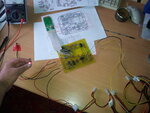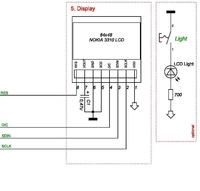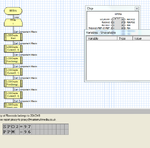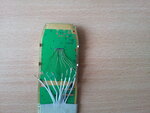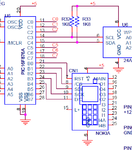Fragrance
Advanced Member level 4

- Joined
- Jul 26, 2002
- Messages
- 1,190
- Helped
- 248
- Reputation
- 496
- Reaction score
- 202
- Trophy points
- 1,343
- Location
- East Of Earth
- Activity points
- 8,933
@ Fragrance :
Thanks for the docs , can you tell me why using +12 , -12 in the circuit ?!
cant we just use +5 , GND instead ?!
yes you must used dual supply voltage for rail to rail operation and better signal conditioning
regards
Fragrance

